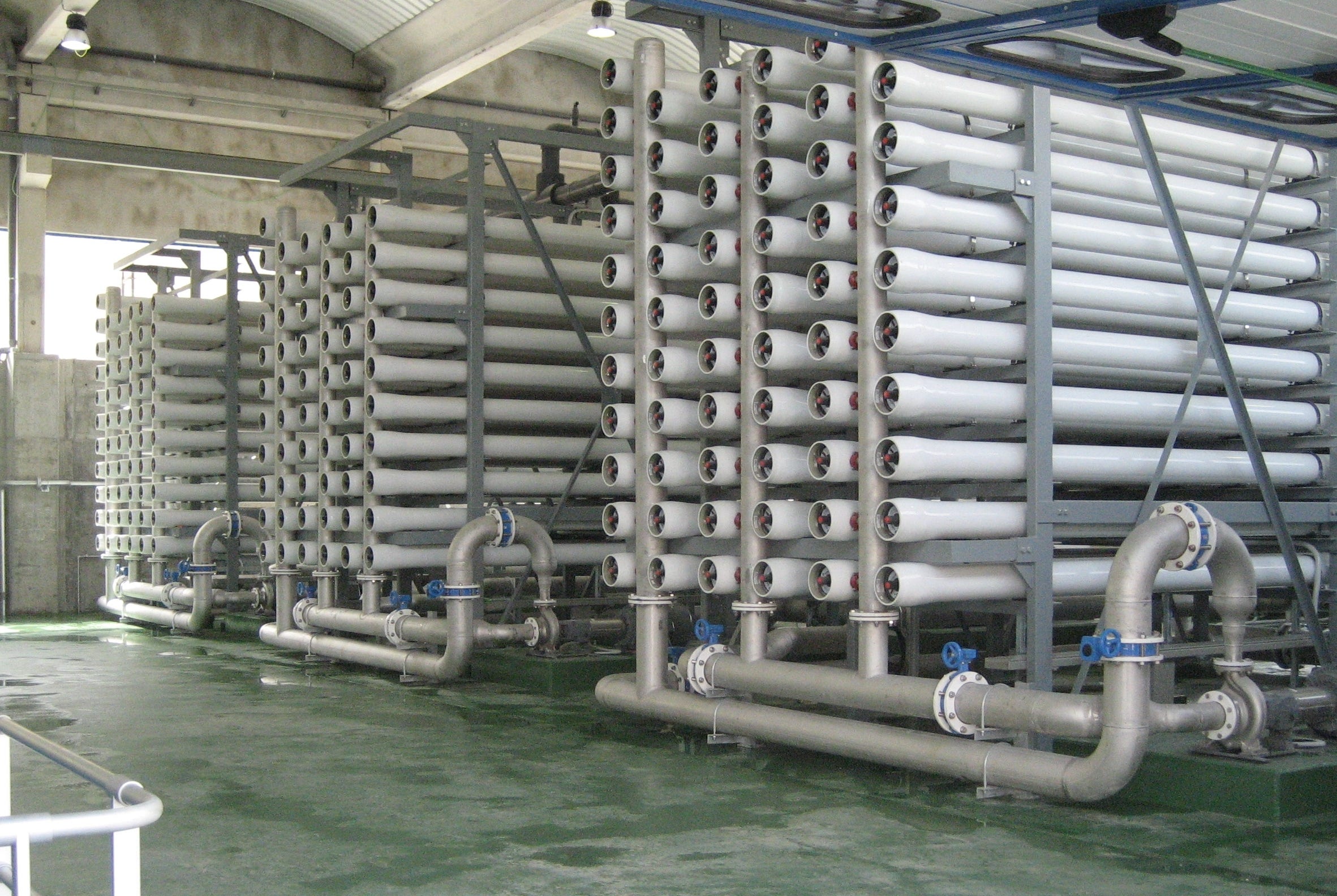No Foul Play – Field Performance of X-20: a Unique Low-Fouling RO Membrane

As global water demand rises and discharge regulations tighten across many industries, water treatment through membrane desalination is becoming increasingly more common. While developments in membrane treatment capabilities continue to allow for more difficult feed water to be purified using membranes, these feed streams can pose a challenge for operators: membrane fouling. Membrane fouling occurs when particulate in the feed stream is deposited onto the membrane surface, leading to permeate flux decline. This translates to increased system downtime for membrane cleaning and more frequent membrane replacements due to shorter lifetime.
To reduce system downtime and increase membrane lifetime on challenging feed waters, companies like Microdyn-Nadir offer low-fouling polymeric brackish-water reverse osmosis (RO) membranes with proprietary membrane chemistry. While most commercially available RO membranes use a polyamide thin-film barrier layer as the final membrane layer, the TRISEP X-20 low-fouling RO membrane has a polyamide-urea barrier layer that exhibits low-fouling properties. This membrane is not only different when compared to standard polyamide RO membranes, but is also differs from most other low-fouling RO membranes on the market today. This is because X-20 uses a custom synthesized monomer in the make-up of the membrane surface, as opposed to a simple treatment or surface coating that is common to most other low-fouling membranes.
Our membrane technologies help industries worldwide reduce discharge, recover valuable resources, and meet tightening environmental regulations. Advance your sustainability goals with proven MLD to ZLD solutions.